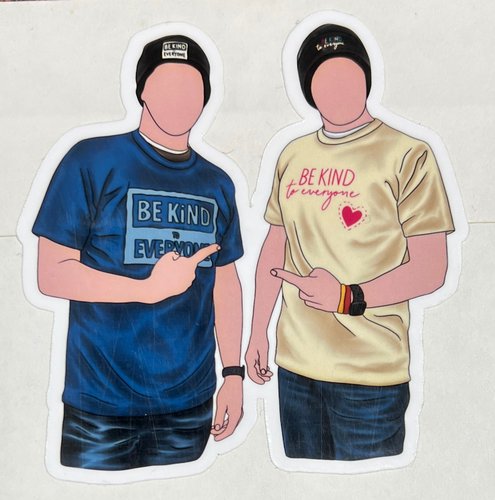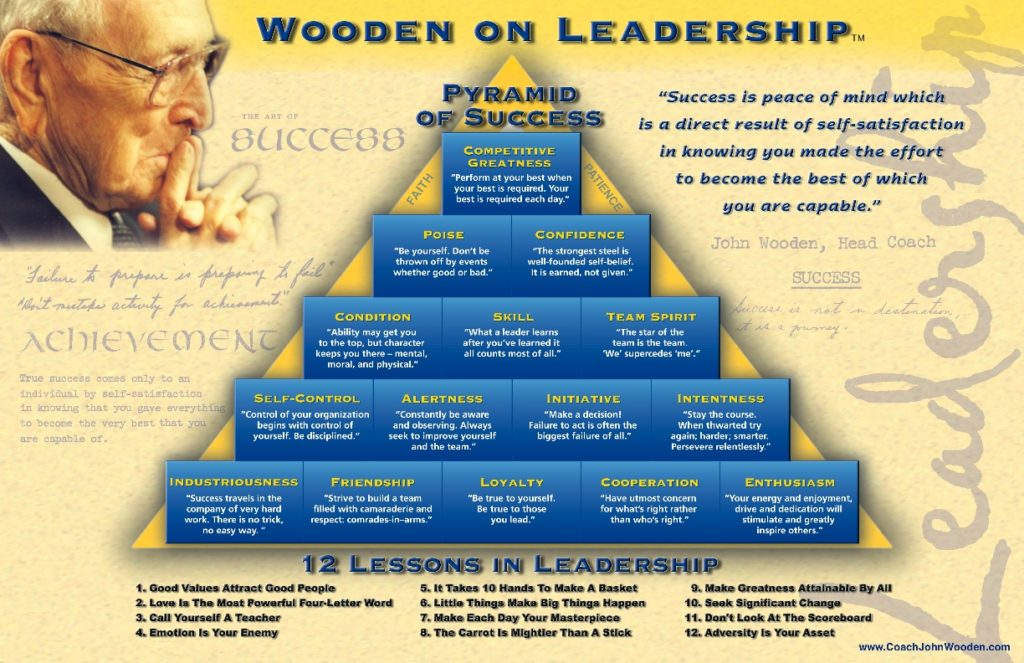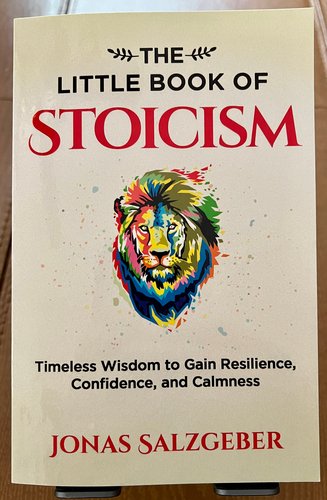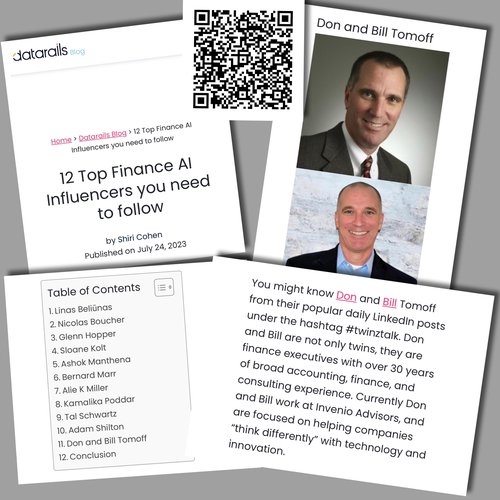Summary Overview – Collaboration with Claude.AI
In my life, I strive to treat everyone with gentleness and kindness, as I believe we never truly know the struggles others face. This mindset has been deeply shaped by my family’s experience with my son Ryan’s childhood cancer journey, during which we were uplifted by the compassion and kindness of those around us. I am committed to honoring their love and support by bringing my best self forward daily to make a positive difference in the world.
Recently, I discovered Elisabet Lahti’s book “Gentle Power,” which resonates deeply with my belief in the underappreciated strength of gentleness. The book highlights the Finnish concept of “sisu,” which combines determination and inner fortitude with wisdom and heart. Lahti challenges the notion that gentleness is a weakness, presenting it as a powerful tool for leadership, empowerment, and personal growth.
As I read the book, I was struck by the transformative potential of embracing gentleness in all aspects of life. By responding with kindness and understanding, we can inspire others to do the same, creating a ripple effect of positivity. While gentleness may not always be the easiest path, I am convinced that it is the most rewarding one in the long run. I am excited to continue exploring the concept of gentle power and to incorporate its teachings into my daily life as I work to create a more compassionate and nurturing world around me.
Full Original Writing
“Be gentle. Be kind – you never know what someone is going through.”
Bill Tomoff, signing The Focused Fight
The quote above is one I use when autographing Terri Tomoff’s memoir, The Focused Fight: A Childhood Cancer Journey From Mayhem to Miracles, which is my guiding inspiration as I go through my daily life. A casual observer in my life has no idea what I and my family have endured through the years since my son Ryan’s childhood cancer diagnosis in 1996. I firmly believe everyone we encounter has a “story” and challenges we know nothing about. Embracing this mindset, I strive to extend gentleness and kindness in my countless daily interactions and pray that maybe I make a small difference that may lift the spirits of a fellow human being.
Thanks to a recent book discussion on Zoom with Emma Seppala about her book Sovereign, moderated by Emilia Elisabet Lahti, PhD, I discovered another inspiring book written by Elisabet, titled Gentle Power: A Revolution in How We Think, Lead, and Succeed Using the Finnish Art of Sisu.
“Sisu is a Finnish word for determination and inner fortitude in the face of extreme adversity. Gentle power is to apply sisu with wisdom and heart.”
–Elisabet Lahti, PhD, website
After I had completed Emma Seppala’s book, I was excited to follow her recommendation and start Elisabet’s book! As I write this, I am about one-third of the way through, yet I have noted that the content resonates deeply with my intention to live my days through gentleness and kindness. My dedication has been shaped by our family’s experience with family, friends, and strangers, who have selflessly brought compassion, gentleness, and kindness to our family during the difficult (seemingly impossible) days of Ryan’s cancer treatments. I am living my days in honor of those who have been at our side with unconditional love and concern – developing and bringing my best self forward to make a difference through how I present myself to the world.
Deep within my soul, I believe that gentleness and kindness are strengths vastly underappreciated. I am inspired to see the supporting research that Elisabet shares in her book! I will gladly take “the road less traveled.” Through my actions, I will encourage others and create a ripple of positivity in my world.
Below, I share a few excerpts from the book that resonate with me. I feel like the best is yet to come.
“What would you have? Your gentleness shall force more than your force move us to gentleness.”
-Shakespeare

Collaborating with ChatGPT, here is a further explanation of the quote’s meaning [Bold emphasis is mine]:
“This quote from William Shakespeare speaks to the power of gentleness over force in influencing others’ behavior. The suggestion is that gentleness and a soft approach can compel others to respond with the same kindness and softness, perhaps even more effectively than using force or aggression.
The underlying idea is that our emotions and behaviors can often inspire similar responses in those around us. One might inspire others to adopt a similar demeanor by choosing gentleness, creating a more harmonious interaction. This reflects a psychological concept known as “emotional contagion,” where people tend to “catch” the emotions of others around them. Thus, gentleness begets gentleness, proving itself a more potent tool for shaping the attitudes and actions of others than harshness or coercion.“
I am not naively suggesting that gentleness and kindness will always “win the moment.” Yet, coming from a genuine place of gentleness and kindness improves the possibility of preventing a contentious or challenging moment from escalating. It can improve the likelihood of a favorable resolution. In the long run, a lifestyle that strives to live with gentleness and kindness WILL be rewarding personally and for all involved. Using force may win the moment but most certainly degrades long-term relationships and effectiveness. If “winning” requires force, this is not how I want to live my life.
Further, regarding gentleness, Elisabet shares in her book about “Mistaking Gentleness for Weakness:”
“Most of us have been told a terrible lie our whole lives that anything soft, gentle, and supple (and feminine) is somehow inherently weak, unreliable, or of lesser value. This lie has caused untold suffering and has led to innumerable harmful decisions in politics and private organizations. For far too long, our culture has been overly infatuated with winning, competing, and making a profit, while gentleness and cooperation has been labeled inferior or fragile.
French philosopher André Comte-Sponville says that gentleness is “courage without violence, strength without harshness, love without anger” and also that “gentleness is gentleness only as long it owes nothing to fear.” 3 Our inability to assert boundaries, our struggles to lead people, and our reluctance to express opinions because we fear rejection is not gentleness but meekness. Gentleness is not about being passive or always accommodating others. Gentleness is a way of moving forward with a kind of dynamic grace. It’s about knowing when to push and when to pull back. It’s about succeeding not through force, but through empowerment.
Far too many of us have been dealing with an out-of-whack nervous system for years. We’ve been hardwired to overreact, overextend, and overwork. Adopting the gentle power style of encountering the world and moving through it isn’t so much about learning something new, but about unlearning these unhealthy ways of living. Gentle power is about finding accomplishment through nurturing a spirit of ease toward ourselves and others instead of achievement (no matter how glorious in the moment) and striving at the long-term cost of inner peace.
Comte-Sponville further describes gentleness as “a kind of peace, either real or desired . . . it can be pierced by anguish and suffering or brightened by joy and gratitude, but it is always devoid of hatred, harshness, and insensitivity.” Imagine if our experiences in leadership, social activism, politics, and families were devoid of harshness, force, and insensitivity. Imagine a relationship with yourself that’s completely free from judgment and blame. Socially, we’re told that this sort of treatment toward ourselves and others is soft and weak when it’s actually empowering, constructive, and energizing.”
Let’s ask ourselves daily, how can I present myself more gently and kindly to the world? I am excited to read more about Elisabet’s work on Gentle Power, inspired by hope and inspiration after reading the first one-third of the book!










